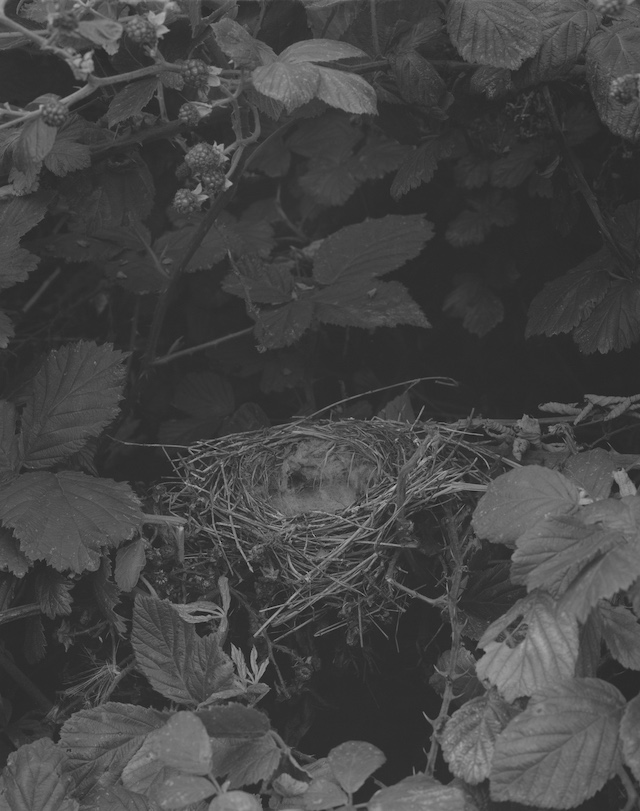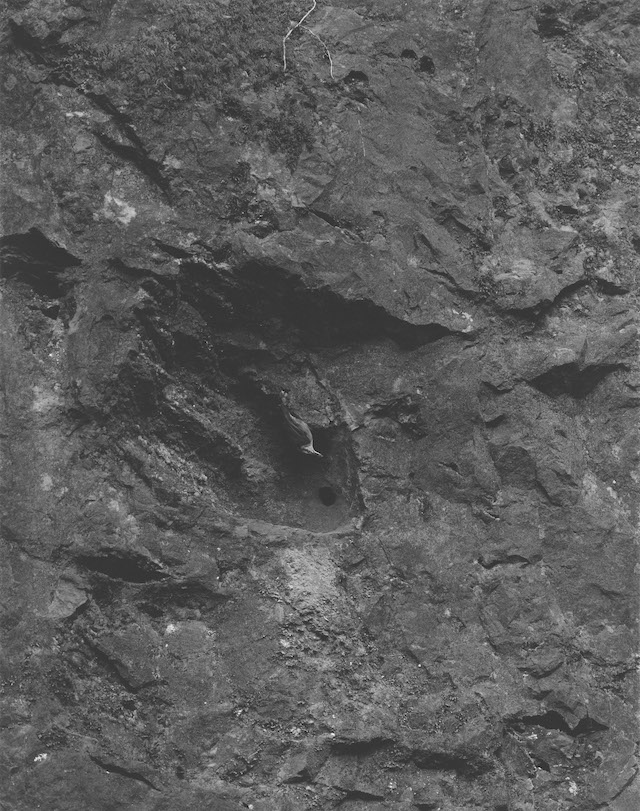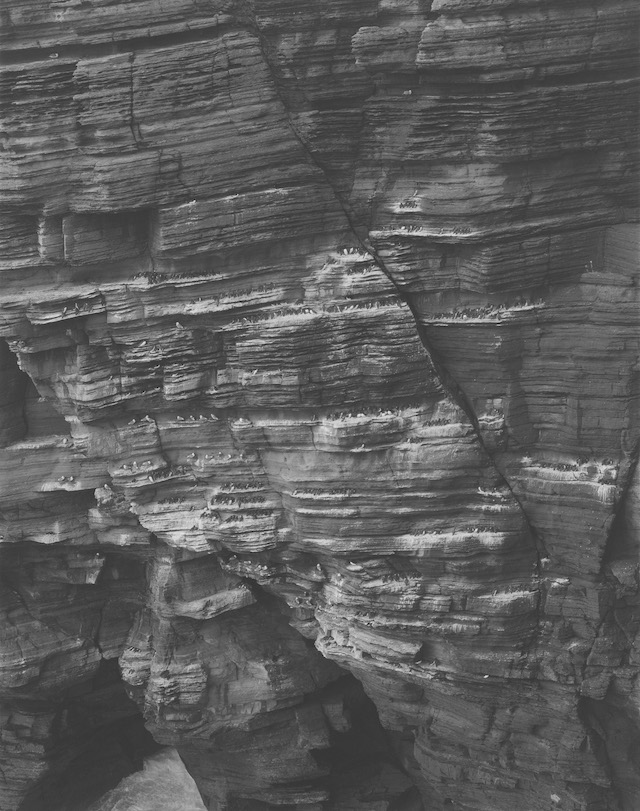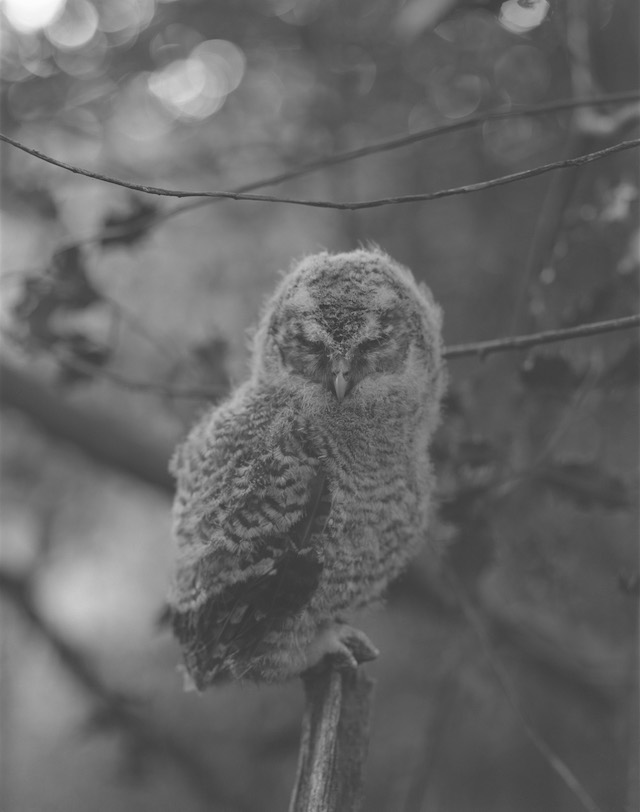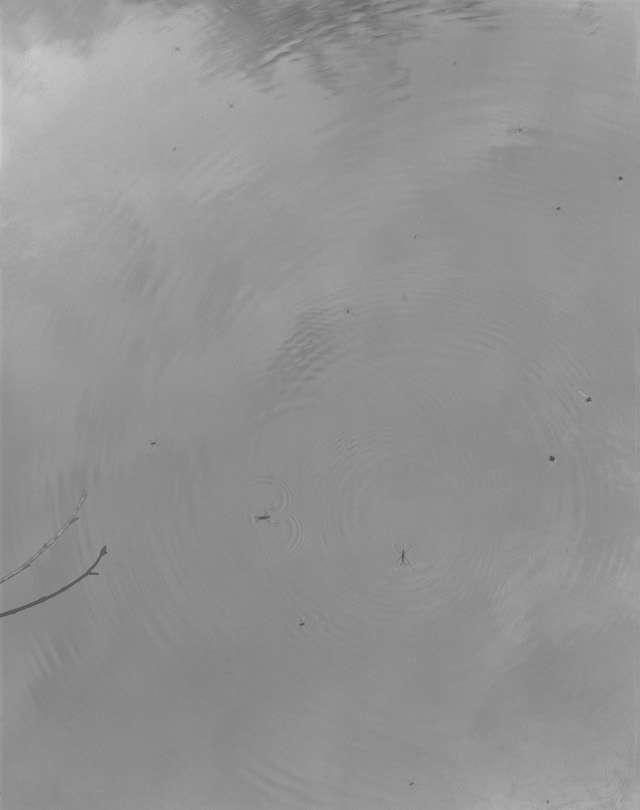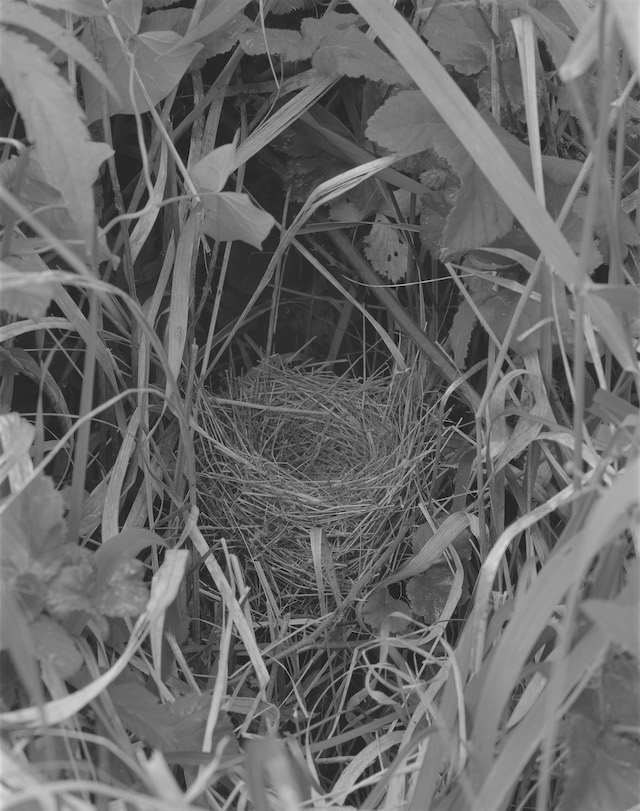Soft and meditative, Sam Laughlin captures the ebb and flow of the natural world
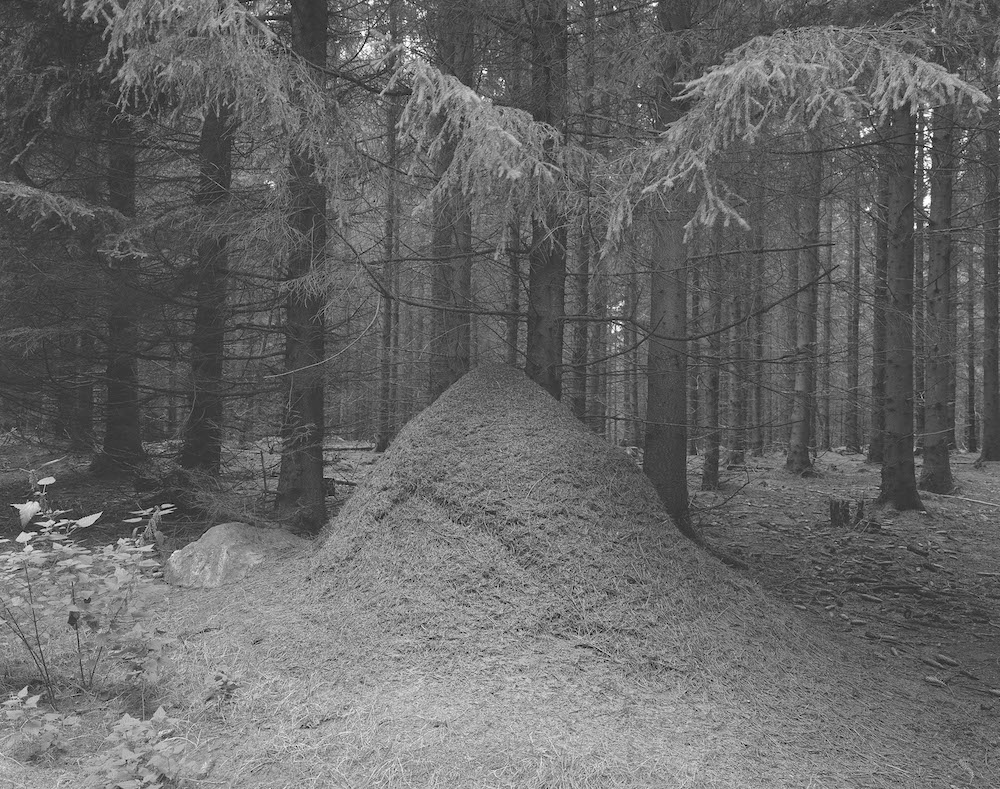
It’s not uncommon to hear of an artist’s key influence as being that of a parent or familial figure. Growing up, Sam Laughlin’s father, a zoologist, would hand over an abundance of field guides for him to look at – Sam would sink into the contents, memorise the illustrations, and identify the different species of insects in the process. His dad would also joyfully spout out many interesting facts about the natural world which, inevitably, had a large impact on Sam – later inspiring him to study documentary photography at university. What’s somewhat surprising, though, is that although nature has been a primary pillar for Sam, it wasn’t until 2014 that he started working creatively in this field. “I found my way back to that childhood fascination through books and walking,” he tells me, “and my work quickly followed suit. Now, I can’t imagine my life without walking and birdwatching.”
Alongside various photography commissions, Sam pays extra attention to his personal work – the side of his practice that enables him to explore his deep-rooted interests in nature. He also cites The Jerwood/Photoworks awards as being hugely catalytic for his photography, which is how he debuted his most recent accomplishment: a project named A Certain Movement. Lensing topics of the environment and how animals interact with the space, the work is a quiet, meditative depiction of the world, albeit a curious contemplation of the cyclical nature of earth and its inhabitants – the type of relationship that’s in a constant rhythm, flow and movement. Currently on show at Serchia Gallery in Bristol, I chat to Sam about the project, what his personal relationship is like with the environment, and why it’s such nature has become such an enduring muse.

How would you describe your own personal relationship with the environment?
My personal relationship with the environment is probably a blend of love, fascination and obsession. Some of the experiences I’ve been lucky enough to have border on the ‘religious’, like listening to a dozen nightingales singing in the dead of night last week, or standing in a vortex of 5,000 terns forced into flight by a peregrine falcon. These are just some of the ‘happenings’ in nature that go beyond words and enter the realm of the profound. The world is – for now and despite us – still full of such happenings and most go unseen. I think essentially I walk around in awe half the time, simply because I always try to be receptive to what’s happening around me day-to-day, particularly in relation to birds. Incredible things happen all the time which it seems most people miss entirely.
Nature is an enduring subject for me because my fascination only deepens the more I discover and experience it. But the word ‘subject’ is slightly problematic for me; I take great pains not to turn nature into a ‘subject’, but rather try to let things speak for themselves through my pictures.
I continue to focus on it out of love, but also concern, at the rate of disappearance and decline – the ‘thinning out’.
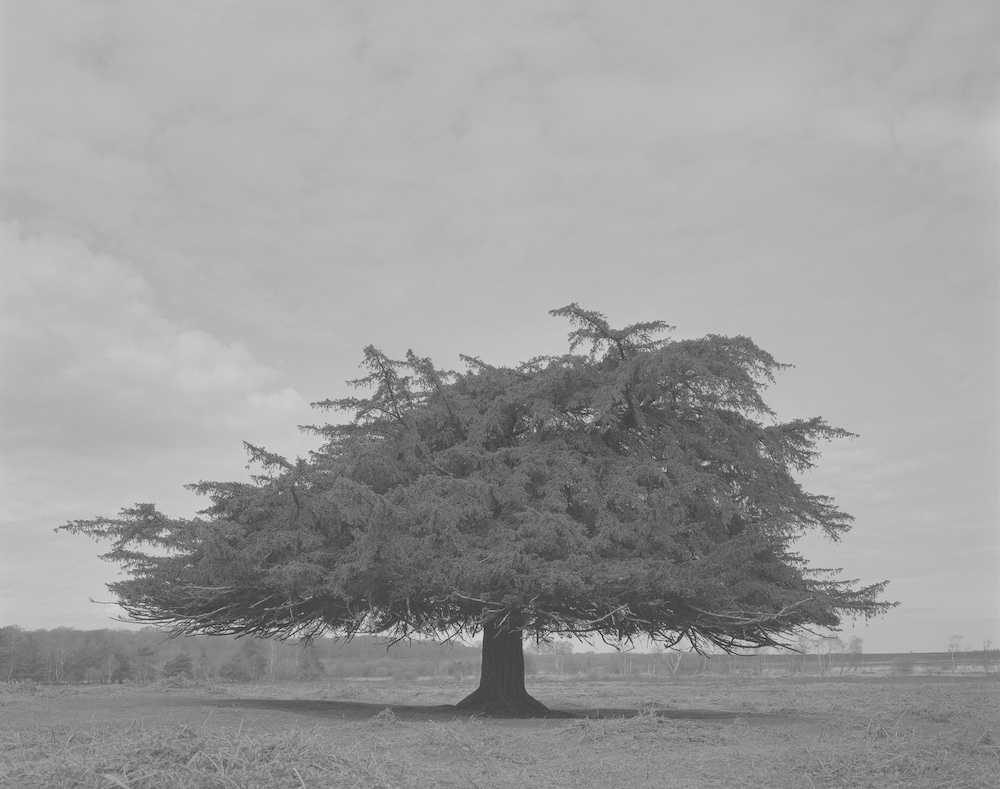
And similarly, tell me more about the relationship between animals and the environment. Can you describe the synergy and how they affect and shape each other?
The myriad relationships between animals and their environments can be almost overwhelmingly complex. In simple terms though, as I see it, other animals are ‘at home’ in the world in a way which we humans no longer are. We radically alter the surface of the earth to suit our needs, taking far more than we need. But most animals live in such a delicate balance with their environments that they are inseparable from them– they live within and are part of their surroundings, usually altering them only in subtle ways that are actually a natural extension of the places themselves. Birds nests are one perfect example of this: materials gathered from the immediate area are made into a structure that supports life there. A manifestation of the bird’s way of living, its behaviour and a material expression of the locale and of the bird’s relationship with it. Then, when you’re talking about migratory birds, the nest is also an expression of those annual cycles of movement, and by extension the tilt of the earth on its axis and the seasonality this causes.
A snail could be seen as an expression of a set of relationships, and so could the song thrush which feeds upon the snail by first breaking its shell on a rock, which it uses as an ‘anvil’. The snail is, in a sense, made of plants, just as the song thrush is made of snails, but that rock is part of the equation too. It’s all inseparable and this is what interests me. So I try to make pictures where interconnections express themselves, often manifested through the movements of animals and the traces these movements leave behind.
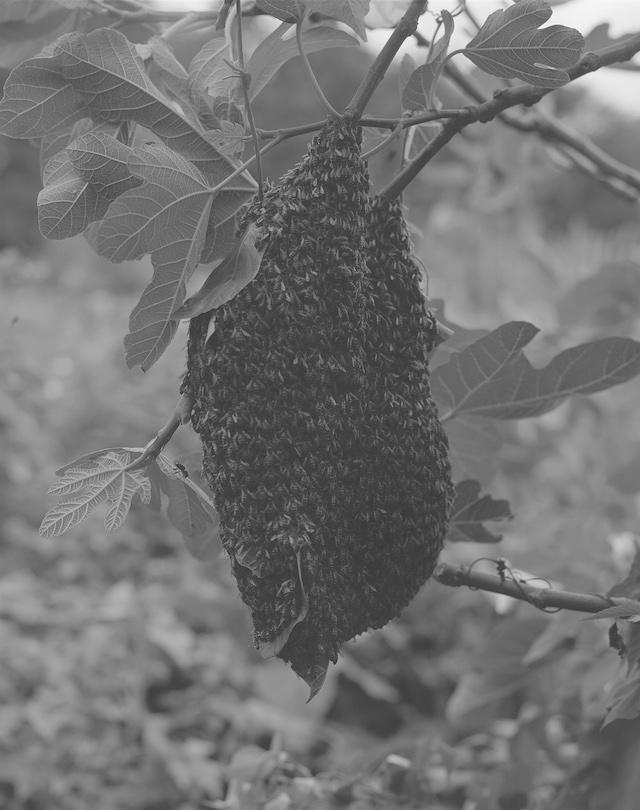
Can you give some examples from A Certain Movement, are there any favourite pictures that you could tell me more about?
Water Striders (Gerridae) is a favourite picture of mine, chosen for its subtlety and for certain elements of the composition, but mostly for what it symbolises. Water Striders (also known as Pond Skaters) live much of their lives on the water. Their lives are defined by surface tension, which prevents them from sinking. If one looks closely at the picture you can see the ‘meniscus’ around each of their legs. Their movements cause ripples in the water; each one represents a movement and moment in time, with a significance that is briefly visible before it dissipates, rippling out, as I feel all things do. The title of my new exhibition comes from a text written by Adam Nicolson to accompany the project, in which he references this picture and all that it symbolises about the quiet events unfolding through time – Ripples in the Surface of Things.
Then there is a picture which is more ‘obvious’: Tawny Owlet Branching (Strix aluco). I love this picture because it results from one of the purest and most beautiful experiences I’ve ever had. After hearing some unusual bird calls emanating from a thicket, I ventured inside and found two fledgling tawny owls (owlets) perching on branches. A phase of their lives known quite poetically as ‘branching’, where after leaving the nest they wait on nearby perches to be fed by the adult. One of the owls was in a good position for a picture, but I had to edge very close to it. I work mainly with large format film and therefore don’t use ‘zoom’ lenses. In those moments as I made the photograph, the owlet was no more than two or three feet away from me, but remained completely still. Time stretched out, and although I didn’t linger so as not to disturb the birds, it felt like an eternity as I stood face to face with it.
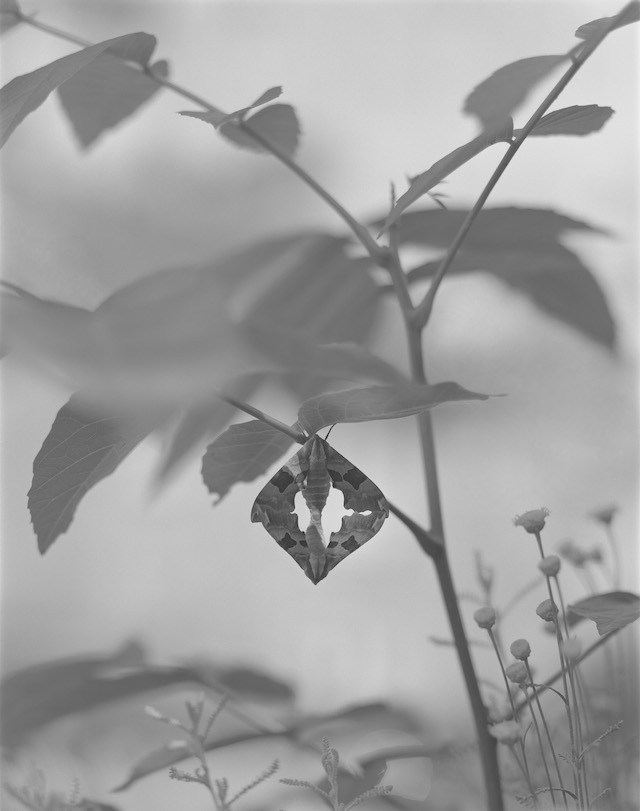
What’s the purpose of the project, what can the audience learn?
I hope that my audience will feel the same sense of quiet awe that I do. There’s a kind of reverence in the way I approach my work, which stems from the way I feel about the natural world, and I want the viewer to feel that; not a ‘quick fix’ of the spectacular, but a slow-burning sense of wonder. My work has been called melancholy, but I simply don’t see that. That’s the nice thing about art though; people can get different things from it.
I don’t really want to reduce my pictures to ‘illustrations’ with captions that say ‘here is X doing Y and they do this because… ’, but I do want people to understand better the beautiful intricacies of the lives that are lived all around us, that go on regardless (or despite of) our human activities or our awareness. I think if people understand more, and are more aware, then they might cherish these small things as I do, and hopefully try to do a little more to stem the tide of losses.
A Certain Movement is on show at Serchia Gallery until 17 July. All photography courtesy of Sam Laughlin
